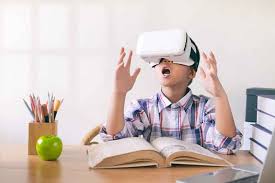
Virtual Reality (VR) has rapidly evolved from a niche technology to a powerful tool reshaping the landscape of education. This article delves into the transformative potential of VR in educational settings, examining how it goes beyond mere novelty to fundamentally alter the way students learn and engage with academic content.
1. Immersive Learning Environments
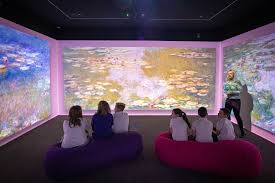
At the forefront of VR's impact on education is its ability to create immersive learning environments. Traditional teaching methods often struggle to capture students' attention, but VR provides an experiential dimension that makes complex subjects more tangible. Whether exploring historical landmarks or diving into the microscopic world of cells, students can engage with their subjects in ways that were previously unimaginable.
2. Virtual Field Trips
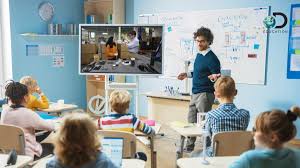
One of the most exciting applications of VR in education is the concept of virtual field trips. Students can now visit far-off places, historical sites, or even outer space without leaving the classroom. This not only broadens their understanding of the world but also democratizes access to experiences that might be logistically challenging or financially prohibitive in the real world.
3. Interactive Simulations

VR's interactive capabilities take educational simulations to a new level. Instead of reading about scientific experiments or historical events, students can actively participate in simulations, enhancing their understanding through hands-on experiences. This kinesthetic learning approach is particularly beneficial for subjects that demand practical engagement, such as science or vocational training.
4. Increased Student Engagement

Traditional classrooms often face the challenge of maintaining student engagement, especially with the rise of digital distractions. VR provides a solution by offering a captivating and interactive learning experience. The novelty of VR itself can spark students' curiosity, making the educational journey more enjoyable and memorable.
5. Addressing Diverse Learning Styles
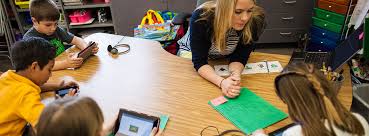
Every student has a unique learning style, and VR caters to a variety of these preferences. Visual learners benefit from immersive graphics and 3D models, auditory learners can engage with simulated environments through soundscapes, and kinesthetic learners thrive in the hands-on, interactive nature of VR simulations. This adaptability makes VR a valuable tool for educators aiming to accommodate diverse learning needs.
6. Challenges and Considerations

While the potential benefits of VR in education are vast, challenges exist. Implementation costs, technological requirements, and the need for specialized training can pose barriers for some institutions. Moreover, concerns about the potential isolation of students in virtual environments and the necessity of balancing VR experiences with real-world interactions must be carefully considered.
7. Future Possibilities

As VR technology continues to advance, the future holds even greater possibilities for education. Collaborative VR spaces could enable students from around the world to work together on projects, fostering a global perspective. Additionally, the integration of artificial intelligence (AI) could personalize learning experiences based on individual student progress, adapting content to suit each learner's pace and preferences.
8. Ethical Considerations
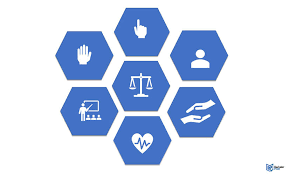
With the integration of any emerging technology, ethical considerations come to the forefront. VR in education raises questions about data privacy, content appropriateness, and ensuring equal access for all students. Striking a balance between innovation and responsible use is crucial to ensure that the benefits of VR in education are accessible and safe for everyone.
9. Overcoming Technological Barriers
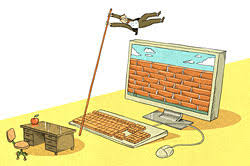
To fully harness the potential of VR in education, addressing technological barriers is essential. Investment in infrastructure, collaboration between educational institutions and tech companies, and ongoing professional development for educators can pave the way for a seamless integration of VR into mainstream education.
10. Conclusion
In conclusion, the exploration of virtual reality in education signifies a paradigm shift in the way we approach teaching and learning. From creating immersive environments to fostering increased engagement, VR holds the promise of transforming education into a dynamic and personalized experience. While challenges and ethical considerations persist, the ongoing evolution of VR technology and a commitment to responsible implementation can pave the way for a future where every student has the opportunity to learn in ways previously deemed impossible.


You must be logged in to post a comment.